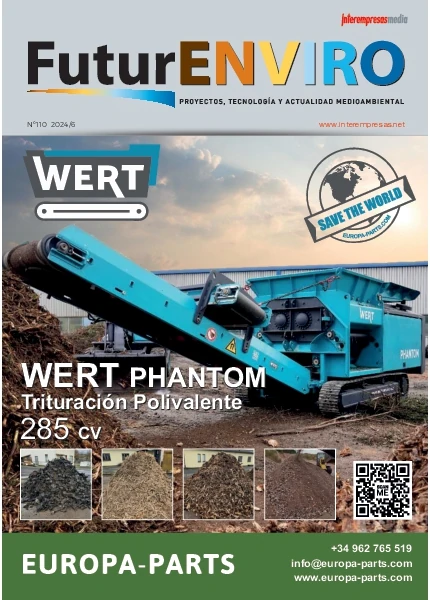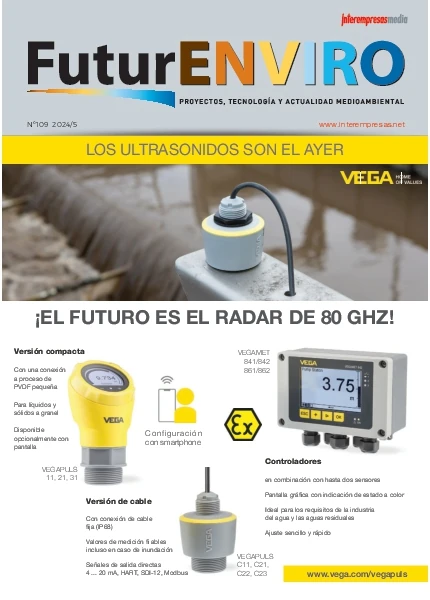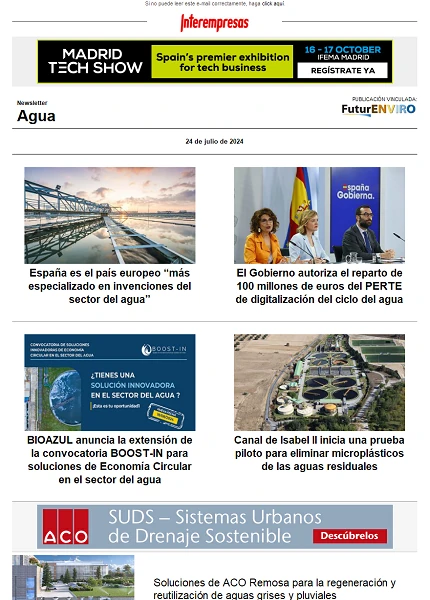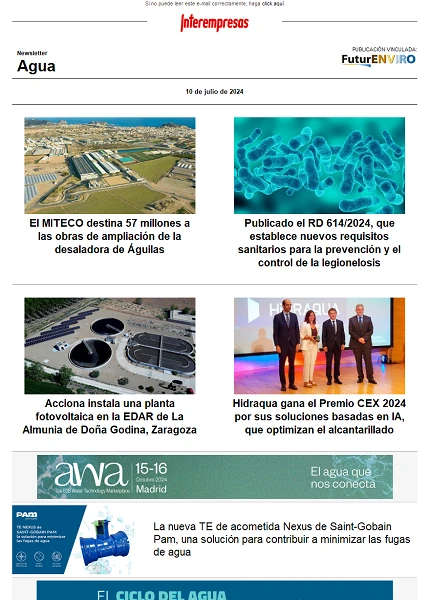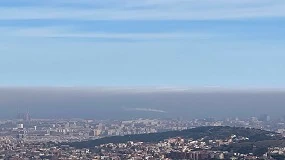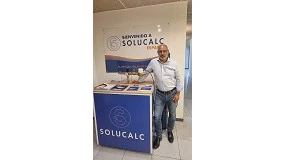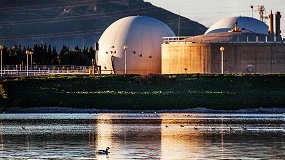Interview to Irene Jubany, responsible of Projects of floors and groundwaters of CTM
The groundwater constitutes one of the main freshwater resources of our planet, however, in the actuality his pollution by nitrates limits in a lot of cases the possibility to use this resource like water for consumption. The project

The pollution of the groundwater by nitrates concerns today to the scientific community. Cuán Grave is the situation?
In the European field, the gravity of the problematic did that the European Commission drafted in 1991 a specific directive to protect the masses of superficial and subterranean water of the pollution by nitrates from favouring agricultural best practices (Directive of Nitrates 91/676/EEC). From the implementation of this directive, all the States member are working to control and diminish the presence of nitrates in his masses of water. Even so, contabiliza that in the period 2008-2011, a 14,4 % of the stations of groundwaters in the EU-27 surpassed the level established like limit and a 5,9 % found in next values to the value limit {COM(2013) 683 final}.
Which problems involves or can involve in a future this pollution by nitrates?
The presence of nitrates in the water limits his potential uses and prejudices the aquatic ecosystem. In the water of consumption can comport problems for the human health like the metahemoglobinemia, illness also known like syndrome of the blue baby, and characterised by the decrease of the capacity of the blood to transport oxygen. Besides, it increases the risk to suffer cancer. Thus, the World Health Organisation (WHO) has established a maximum level of 50 mg/l. On the other hand, his presence can involve the eutrophication of the superficial and coastal waters.
Of where they proceed these nitrates? How they arrive to the groundwater?
The pollution by nitrates has to basically to the excessive fertilisation of the crops by means of fertilizantes inorganic and muck. The excess of nitrogen applied in the field loses by leaching through the floor and results in an increasing concentration of nitrates in the groundwaters.
What technical use in the actuality for descontaminar the groundwaters of nitrates?
In the first place has to mention that in the actuality the aquifers contaminated by nitrates no descontaminan. The problematic of nitrates in groundwater is tackling in Europe incidiendo in improving the agricultural practices to minimise the contribution of nitrates in the masses of water. The technicians of elimination of nitrates of the groundwater use to local level in the municipalities that do not have another alternative of source of water and, therefore, have to take advantage of this resource. In these cases realizar a treatment of 'pump and treat'.
In what consists?
In extracting the water and treat it. The systems of available treatment are miscellaneous. Between them it fits to stand out the ionic exchange, the ósmosis reverse, the electrodiálisis and the biological denitrification. In general, all these treatments have a high energetic cost and generate a residue concentrated that it has to be managed of specific form.

And what pretends achieve with the project InSiTrate?
The technology that will apply in this project is a technology in situ, what means that the treatment realizar in the own aquifer. The aim is to achieve water of apt quality for the human consumption that can be extracted and used of the same form that the water of a no contaminated aquifer. The technology used is the biological denitrification that consists in favouring the natural process of elimination of nitrates, the denitrification, realizar by a type of present microorganisms in the own aquifer. This achieves by means of the injection of biodegradable organic matter and innocuous. In this way it recovers the quality of the water in the zone treated and reestablish his environingingmental properties and his potential uses.
On Insitrate
The project InSiTrate, cofinanciado by the European Union by means of the program Life+ Environingingment, initiated the July of 2013 and will have a length of 4 years. At present, It is working in the characterisation hidrogeológica of the aquifer. Later, it will design and it will install the pilot of biorremediación and, to conclude, will initiate the proofs of biorremediación that will carry out during a year.
The project also contemplates of notable form boost the social participation of the population and agents involved. Like this, along the same will realizar diverse activities of diffusion and networking to inform of the advances of the project, argue the results and show the installation of the pilot.
The project, led by Fundació CTM Centre Tecnològic, has the participation of the companies Amphos 21 and Catalan of Perforacions and with the support of the Ajuntament of Sant Andreu of LLavaneres and the Agència Catalan of l'Aigua (ACA). It treats of a multidisciplinary project in which they take part engineers, hidrogeólogos, ambientólogos and chemists.
The total budget is of 1.200.000 euros.
What is exactly the biorremediación of nitrates?
The biorremediación of nitrates is the technology of decontamination that bases in the biological reaction of some microorganisms (called desnitrificantes) that converts the nitrate in nitrogen gas in conditions of absence of oxygen. These microorganisms use the nitrate of usual form in his metabolism at the same time that consume organic matter. The absence of organic matter in the aquifers contaminated by nitrate avoids that these processes take place of natural form. It is in this appearance in which incide this technology, in providing the necessary organic matter so that the microorganisms desnitrificantes presents in the aquifer can realizar the reaction of conversion of the nitrate to nitrogen gas. By this reason speaks that this technology accelerates the process of denitrification.
For which type of installations could be applicable? What condition has to gather the surroundings so that it was useful his system?
In general, this technology could apply in any aquifer, although to have an optimum operation have to fulfil some requirements as, for example, that the aquifer was detrital and no confined. Other characteristics like the depth of the phreatic level and the availability of pozos and space in surface to install the equipment of injection and control do not have technical implications but yes economic.
With which results would give by satisfied once concluded the project?
Ours main aim is that along the project can show and validate the technology of biorremediación of nitrates in situ from the technical point of view, economic and environingingmental. Besides, it pretends develop a tool of design of the strategy of biorremediación based in a mathematical model that allow us extrapolate the technology to other aquifers contaminated. On the other hand, the project also wants to concienciar to the population and agents involved of the importance of the pollution by nitrates and promote the social acceptance of the technology of biorremediación in situ for the treatment of aquifers contaminated.


